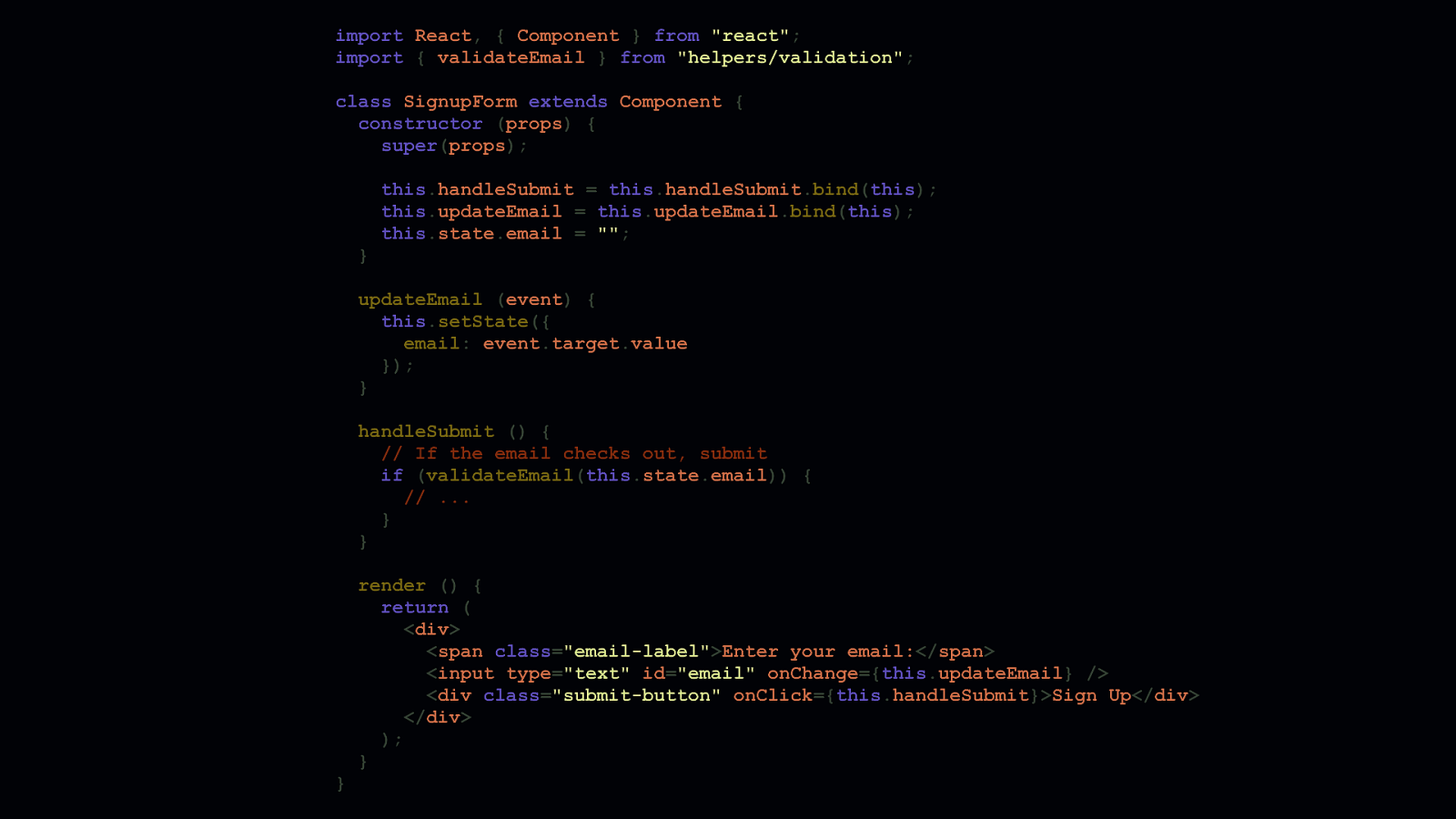RESPONSIBLE JAVASCRIPT JEREMY WAGNER — @MALCHATA — JEREMY.CODES WE LOVE SPEED — LILLE, FRANCE — SEPTEMBER 2019
Hi, I’m Jeremy, thanks for coming to my talk, and thanks to the organizers for inviting me. Currently, I’m a web performance consultant for Siteimprove, based not too far from here in Copenhagen, and my job is to help our customers to figure out what they can do with our tools to make their sites faster.


































































